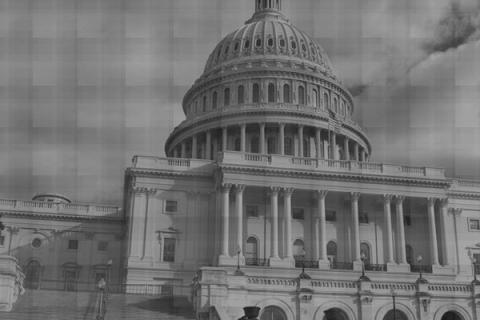Calbuzz covered much of the infighting going on in the California Democratic Party as a result of the new top-two primary. Only a short few months ago, the popular sentiment on California's political street was that "top-two primary didn't change anything."
The reason the media and the party consultants they talk to didn't think the top-two primary changed anything is because they speak the same binary code that measures every bill, every race, and every action in the capital by the letter next to the winners and losers. What top-two primary is doing, as the advocates and authors of the bill have said for a long time, is make representatives more responsive to the broader electorate, rather than the partisan base.
Are shades of blue and red beginning to appear?
In other words, the top-two primary introduced most competition; competition for votes of non party-loyalists. Naturally, this will upset those in positions of power that thrive on party loyalty.
We also know that we’ll see lots more of this kind of thing in the future — in both Democratic and Republican races — as the top-two primary system encourages moderate candidates with guts and gumption to take on left- and right-wingers in hopes of getting into a run-off election where independent and other-party voters can provide the margin of victory.
Read the rest of the article from Calbuzz, which includes a detailed and insightful analysis of how the competition of California's top-two primary is creating divide in some traditional camps, including Richard Bloom's narrow victory over Democratic favorite Betsy Butler and the surprisingly narrow victory of Marc Levine.
